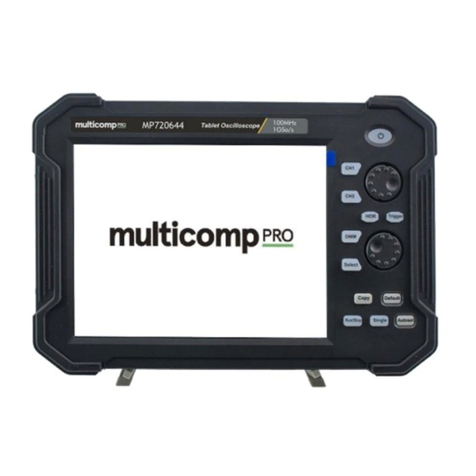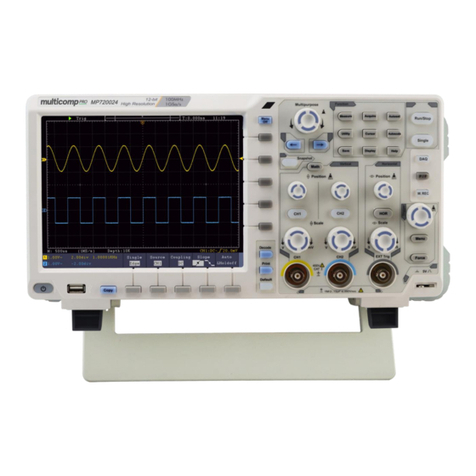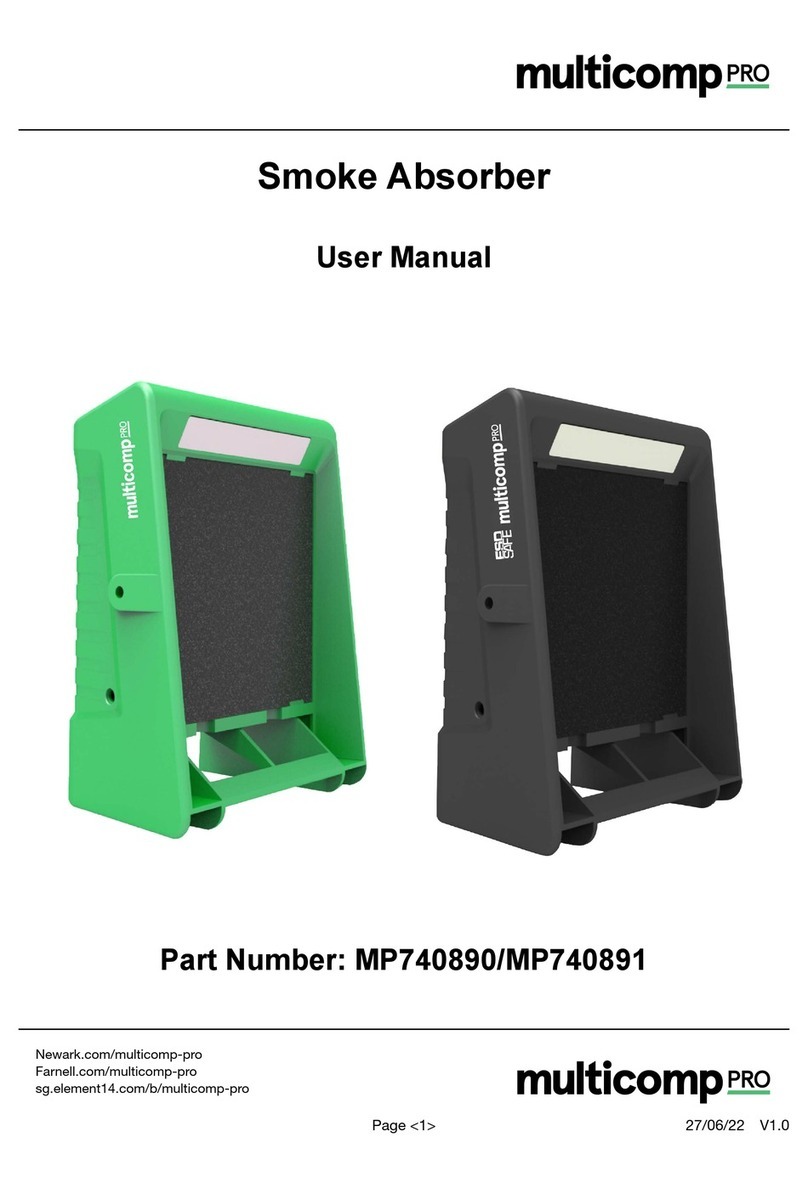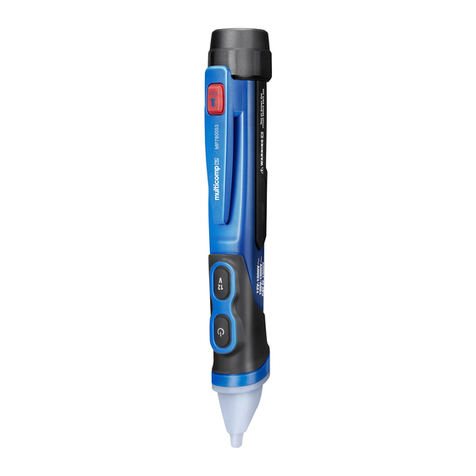multicomp pro MP760855 User manual
Other multicomp pro Test Equipment manuals

multicomp pro
multicomp pro MP720644 User manual
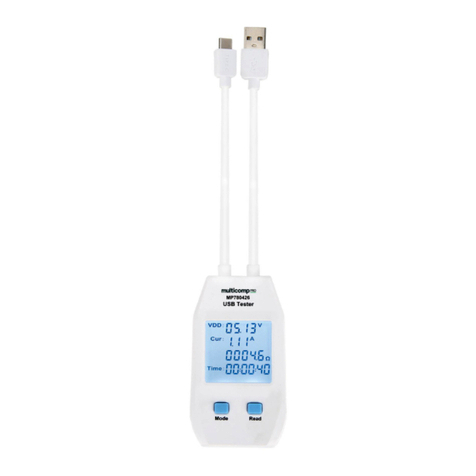
multicomp pro
multicomp pro MP780426 User manual

multicomp pro
multicomp pro MP780051 User manual
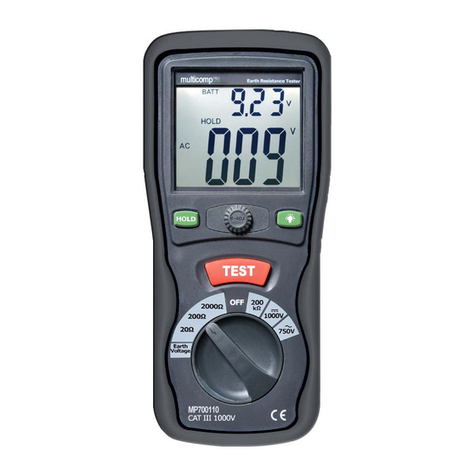
multicomp pro
multicomp pro MP700110 User manual
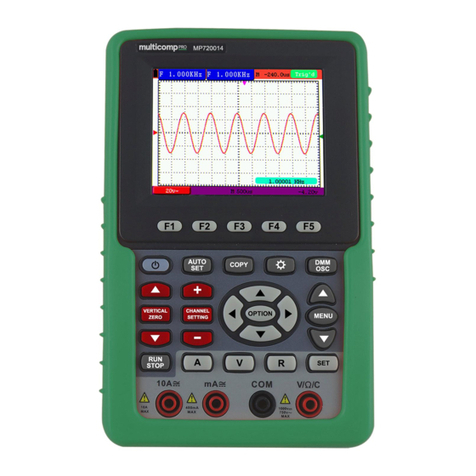
multicomp pro
multicomp pro HDS-N Series User manual
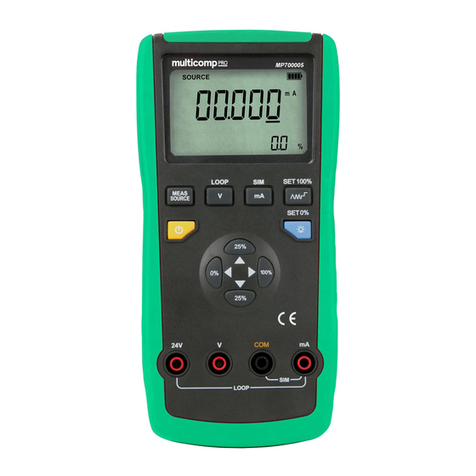
multicomp pro
multicomp pro MP700005 User manual
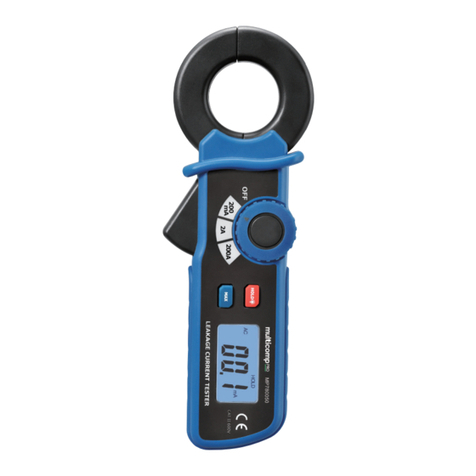
multicomp pro
multicomp pro MP780050 User manual
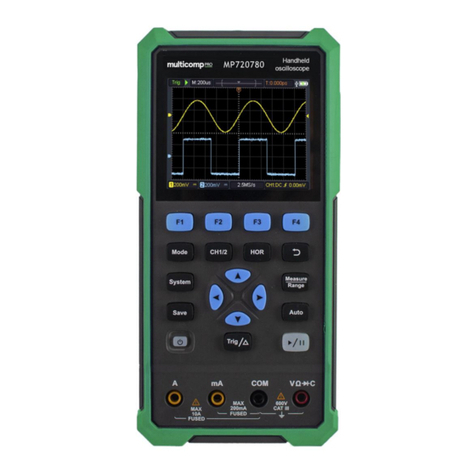
multicomp pro
multicomp pro MP Dual Channel Series User manual

multicomp pro
multicomp pro MP780834 User manual

multicomp pro
multicomp pro MP720012 User manual
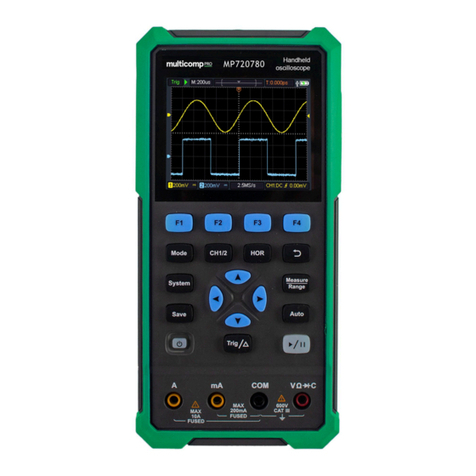
multicomp pro
multicomp pro MP720856 User manual
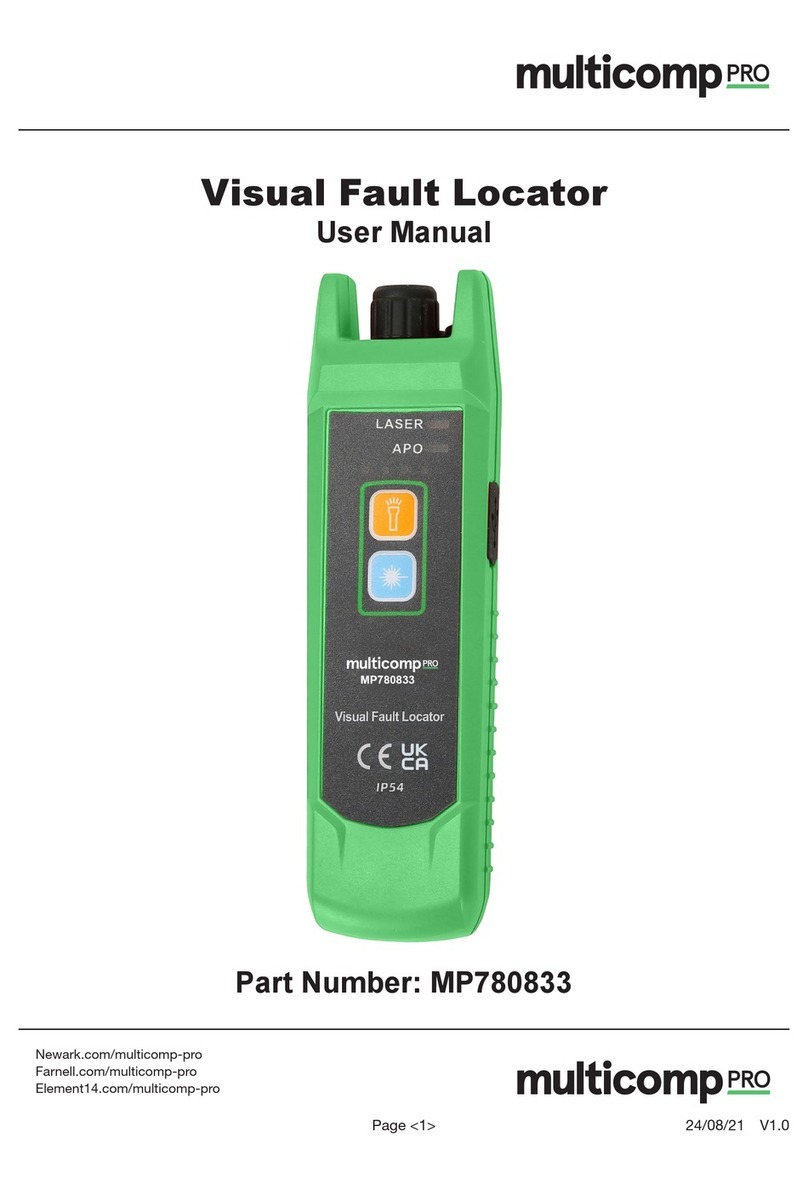
multicomp pro
multicomp pro MP780833 User manual
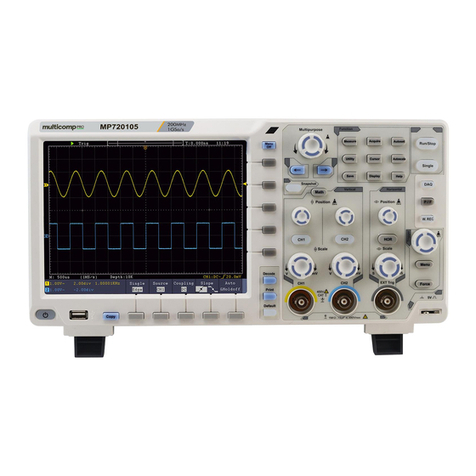
multicomp pro
multicomp pro MP72016 User manual
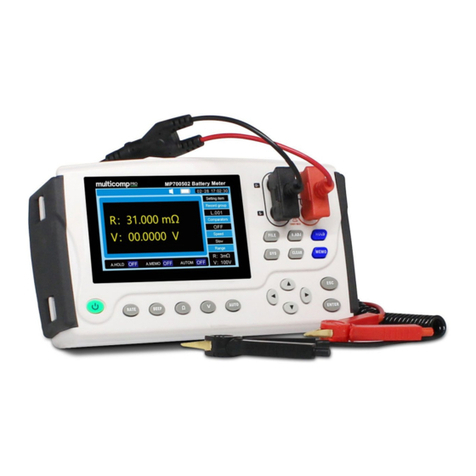
multicomp pro
multicomp pro MP700499 User manual
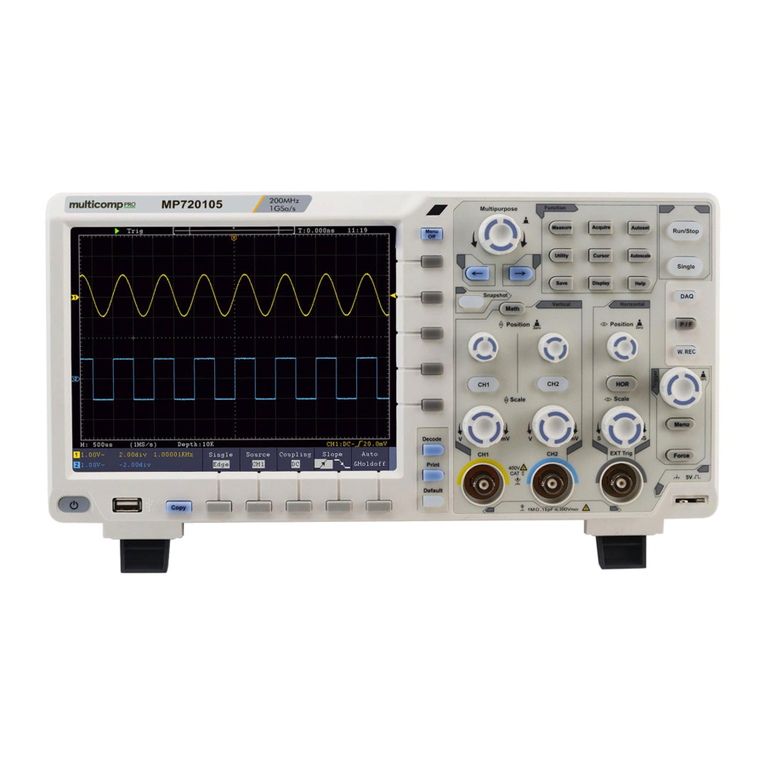
multicomp pro
multicomp pro MP720105 User manual
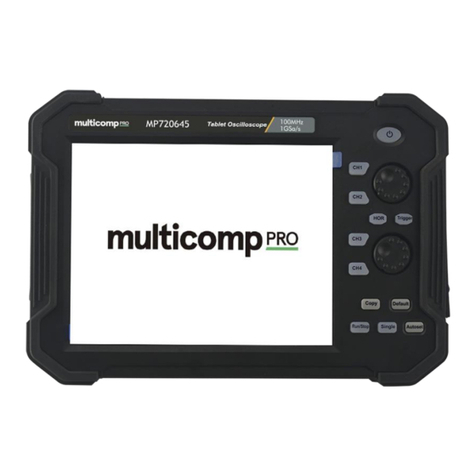
multicomp pro
multicomp pro MP720645 User manual
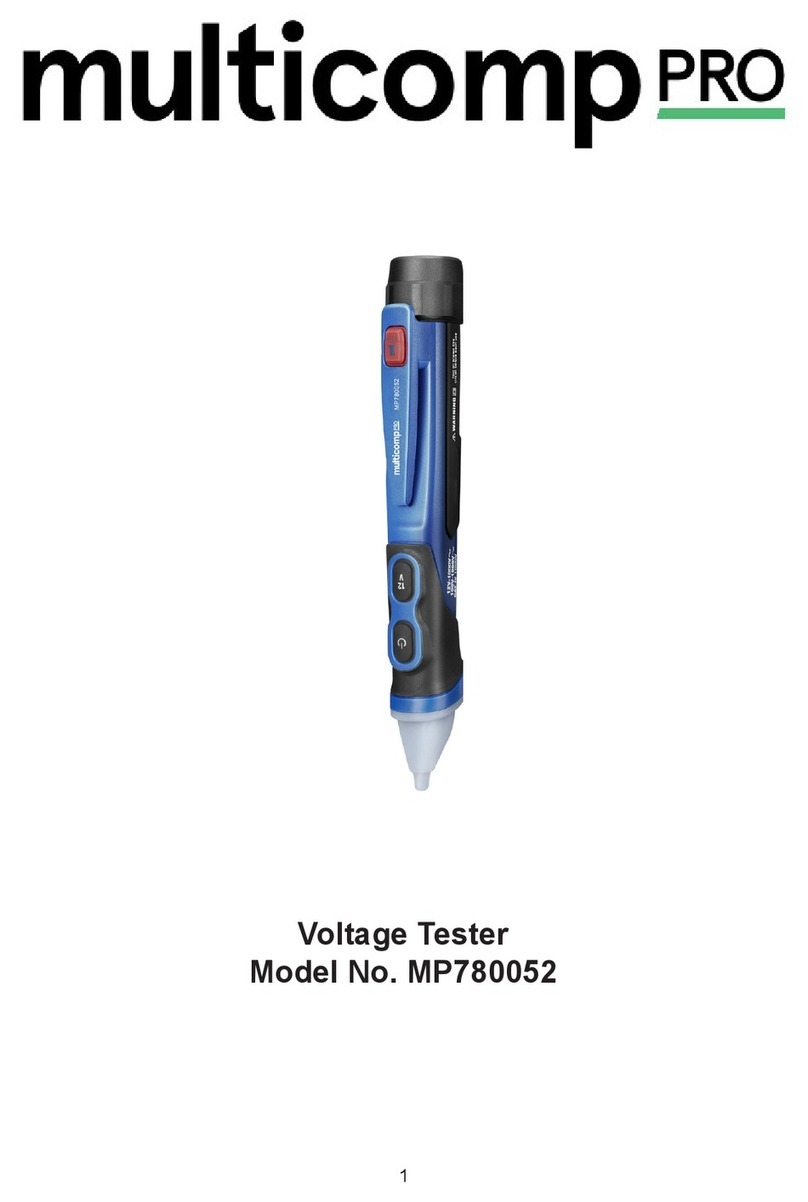
multicomp pro
multicomp pro MP780052 User manual
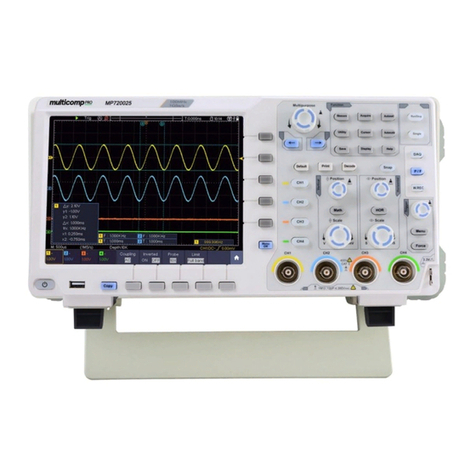
multicomp pro
multicomp pro MP720025 User manual
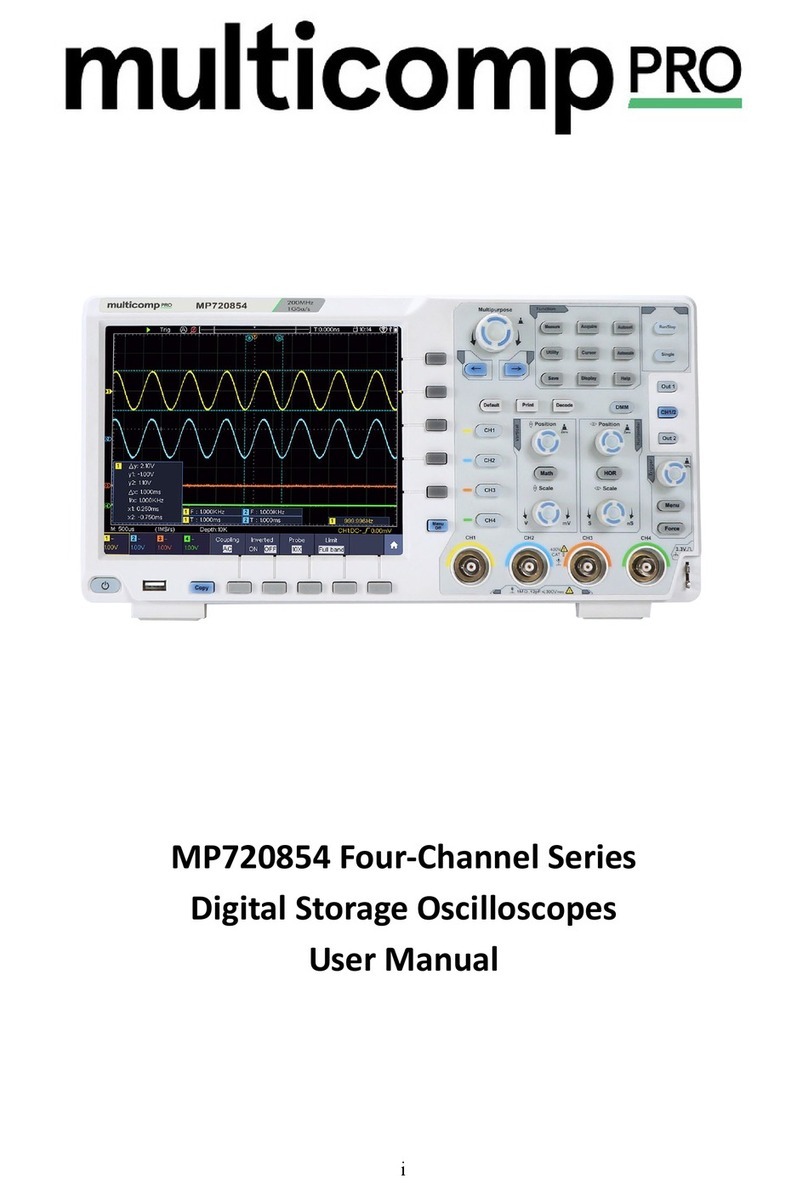
multicomp pro
multicomp pro MP720854 User manual

multicomp pro
multicomp pro MP720780 User manual
Popular Test Equipment manuals by other brands

Redtech
Redtech TRAILERteck T05 user manual

Venmar
Venmar AVS Constructo 1.0 HRV user guide

Test Instrument Solutions
Test Instrument Solutions SafetyPAT operating manual

Hanna Instruments
Hanna Instruments HI 38078 instruction manual

Kistler
Kistler 5495C Series instruction manual

Waygate Technologies
Waygate Technologies DM5E Basic quick start guide

StoneL
StoneL DeviceNet CK464002A manual

Seica
Seica RAPID 220 Site preparation guide

Kingfisher
Kingfisher KI7400 Series Training manual

Kurth Electronic
Kurth Electronic CCTS-03 operating manual

SMART
SMART KANAAD SBT XTREME 3G Series user manual

Agilent Technologies
Agilent Technologies BERT Serial Getting started
